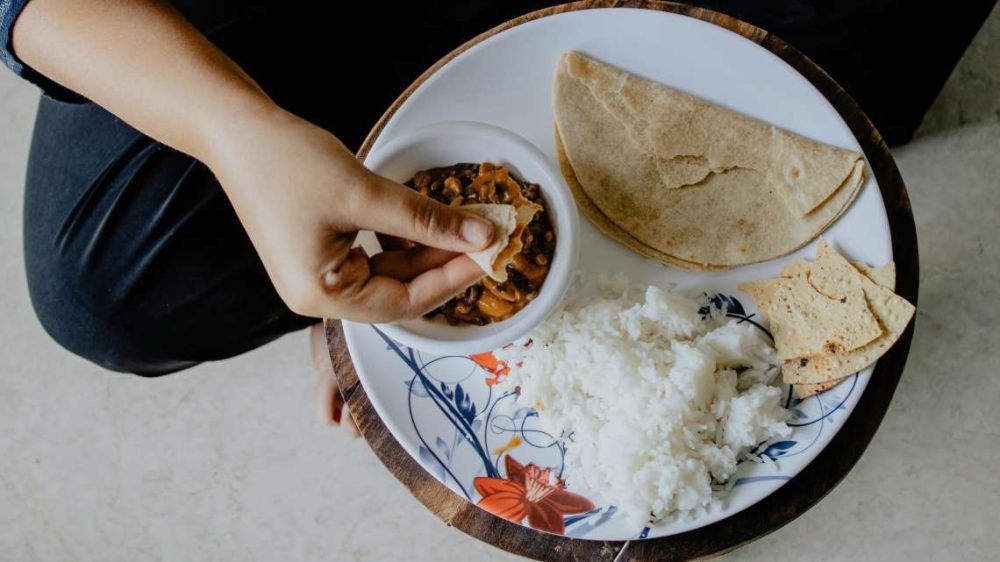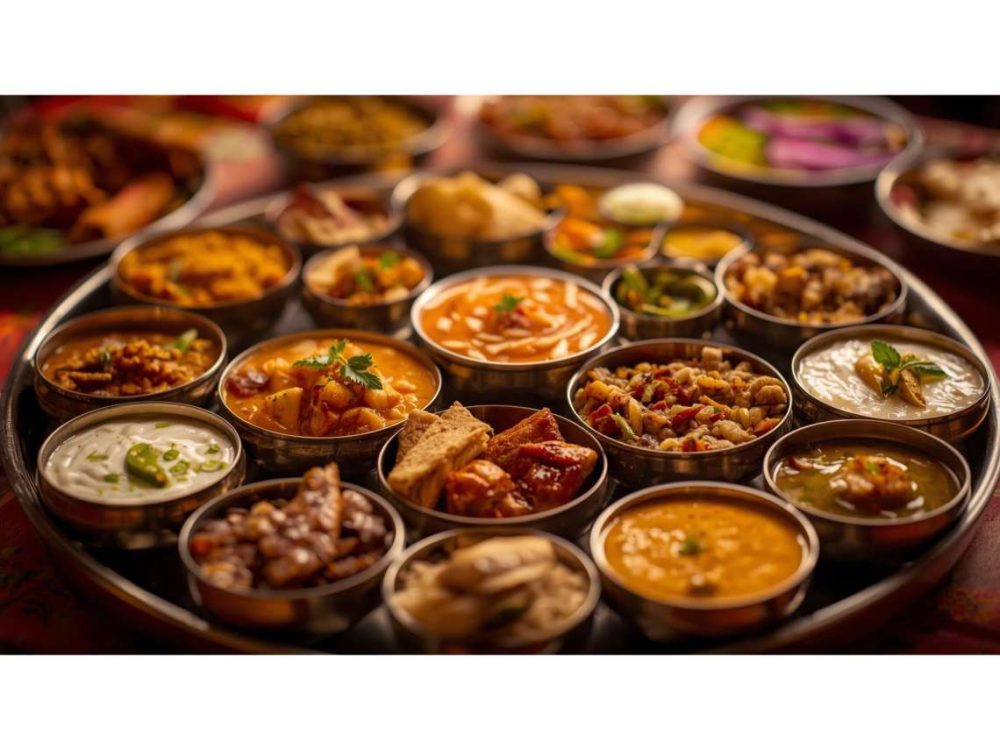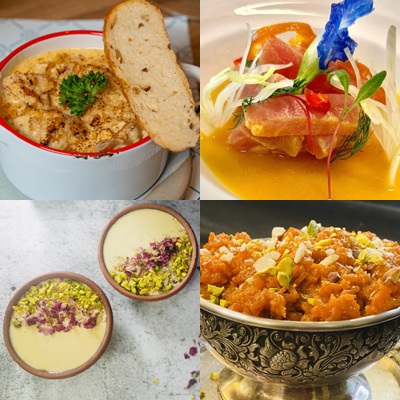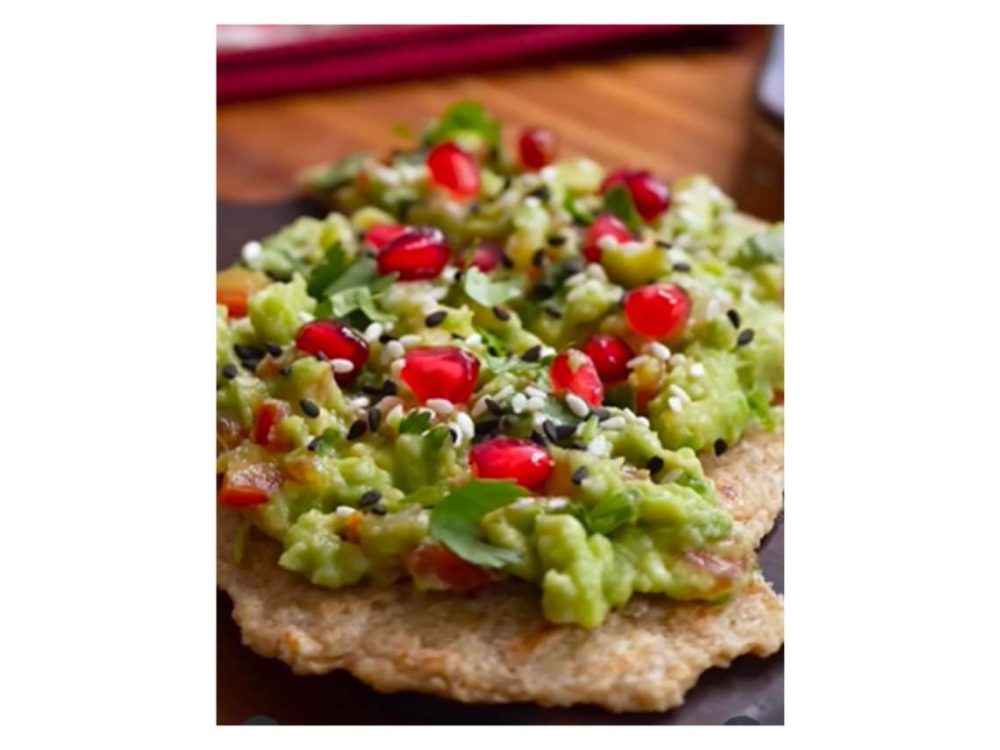Exercise regularly so that you don’t feel guilty while indulging in your favourite delicacies…reports Asian Lite News
The harvest festivals celebrated throughout India, including Pongal, Makar Sankranti, Bihu, and Lohri, are occasions to express thanks to the farmer, the sun, and the weather. While each state may have a different name for this holiday, the nation as a whole celebrates in the same spirit. The harvest season signals the arrival of fresh, wholesome, and ideal for consumption seasonal food as winter comes to an end and springtime begins.
The bounty of this season, which includes everything from colourful fruits, grains, and legumes to verdant green vegetables, adds to the harvest festival’s delectable dishes. Take a trip around India with 4 tips from Rujuta Diwekar’s audiobook, “Eating in the Age of Dieting,” which is available on Audible.in. These tips will help you comprehend the significance of seasonal eating, its health benefits, and how to enjoy the harvest season in the right spirit while maintaining traditions.
Make “essential fats” a part of your diet
“Eat local, seasonal food to equip your bodies and mind to deal with the hard work that comes with the onset of the harvest season. The main nutrient that these festivals celebrate is what modern nutrition calls ‘essential fat’.”
She further adds that “Coconut, til, groundnuts, milk, ghee-each one of them is loaded with fats that are unique in their molecular structure, lending them an ability to allow the body to burn fat over other available fuels like carbs or protein.”
Exercise regularly so that you don’t feel guilty while indulging in your favourite delicacies
“Technically, the body is supposed to have unlimited stores of body fat that can be burned, and if we can use what sports nutrition calls an ‘ergogenic aid’, a nutrient which teaches or manipulates the body to burn more fat, we can see an increase in ‘endurance performance’, or stamina. So if you are one of those who complains about lethargy in the winter, who makes plans to work out but doesn’t get out of bed, maybe all that you need is some therapy. And just because this therapy comes along with a celebration, is good to taste, melts in your mouth and doesn’t have the seriousness and sadness of medicine doesn’t make it any less potent. So bring on that chiki, gajak, laddoo, pongal and yes, have it exactly the way it is meant to be had-with joy, family, laughter and generous doses of the other goodies.”
Make family food traditions to share with your closed ones
“Sankranti Til gul ghya gaud gaud bola, amcha til-gul sandu naka, amchyashi kadhi bhandu naka. (Translation: Here take this sesame-jaggery ball and speak sweetly, don’t drop it and never fight with me.) She shares that “The hidden meaning is-don’t ever drop the food traditions passed over from generations, I welcome you to experience the nutrients in local seeds, natural sugars and relish the sweetness of meaningful traditions.” shares Rujuta in her audiobook on Audible.
Til (Sesame) is the new black

“Til or sesame is great for the health of bones, brain and the heart, thanks to its naturally high levels of phytosterol, fibre and copper,” Rujuta mentions. She adds, “On my recent trip to London, I saw huge til guls being sold in posh cafes as seed balls. Seeds are the new rage in the West and til is our indigenous produce, so it’s heart-breaking when we turn to oats to lower cholesterol, and have almost stopped making til gul at home, sharing them and eating them together as a community” she highlights.
May our lives be filled with the strength and sweetness of til gul.
ALSO READ-Luxurious masterpieces from Kashmir to Kanyakumari









